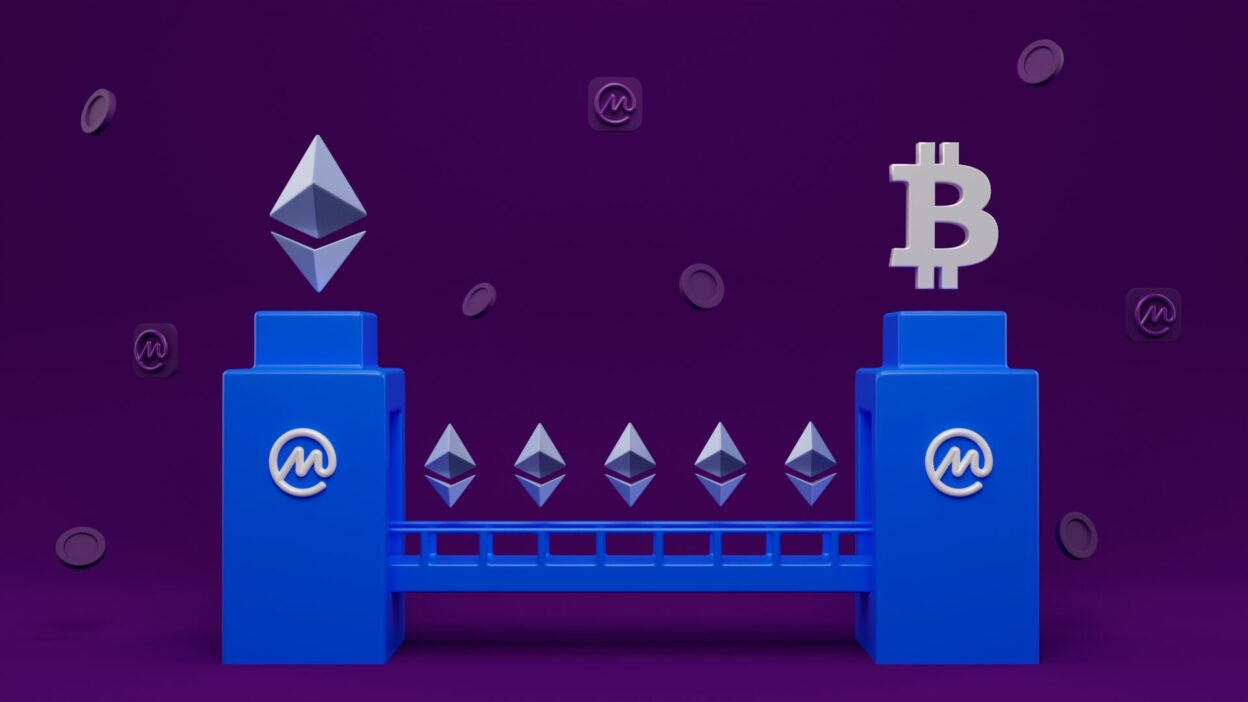Cross-Chain Bridges: Unleashing the Potential of Blockchain Interoperability
In the rapidly evolving world of blockchain technology, interoperability solutions stand out as pivotal innovations. These mechanisms facilitate seamless asset transfers between distinct blockchain networks, enhancing connectivity and fostering a more integrated blockchain ecosystem. As blockchain adoption grows, the need for interoperability becomes increasingly evident, making these bridges a fundamental component of the decentralized future.
Understanding Cross Chain Bridges
Interoperability solutions act as intermediaries that allow for the transfer of information, assets, and value between independent blockchains. This capability is crucial as it enables users to overcome the isolation inherent to many networks. Without such solutions, assets and data remain confined to their respective environments, limiting their usability and potential applications.
The Mechanics Behind Blockchain Connectivity
The core functionality of interoperability solutions involves the locking of assets on one blockchain and the simultaneous release on another. This process ensures that the asset’s total supply remains constant, preserving integrity across networks. There are different types of interoperability methods, including:
- Centralized Solutions: Managed by trusted third parties, these require users to place their trust in an intermediary.
- Decentralized Solutions: Operate through smart contracts and rely on consensus mechanisms to facilitate transactions.
- Federated Models: Utilize a group of pre-approved validators to verify and authorize transfers across networks.
Benefits of Interoperability in Blockchain
By enabling inter-blockchain transfers, interoperability solutions enhance liquidity and open up numerous opportunities for users and developers alike. Some key benefits include:
- Greater Asset Mobility: Users can leverage assets across multiple blockchains without restrictions.
- Enhanced Liquidity: Increased movement of assets fosters a more dynamic and efficient market.
- Expanded Use Cases: Interoperability enables access to diverse decentralized applications (dApps) and DeFi protocols.
- Improved Scalability: By distributing transactions across multiple networks, congestion on individual blockchains can be reduced.
Challenges and Considerations
While interoperability solutions offer significant advantages, they also come with challenges such as security risks and the complexity of integration. Some of the primary concerns include:
- Security Vulnerabilities: These solutions have been targeted in high-profile hacks, making robust security measures essential.
- Smart Contract Risks: Bugs or exploits in smart contract code can lead to substantial losses.
- Centralization Risks: Some solutions require reliance on third parties, which can contradict the decentralized ethos of blockchain.
- High Transaction Costs: Depending on network congestion, transfers may incur high fees.
Future of Blockchain Interoperability
As blockchain technology advances, interoperability will continue to evolve, addressing security concerns and improving efficiency. Innovations such as zero-knowledge proofs (ZKPs) and multi-party computation (MPC) are being explored to enhance trustless transactions. Additionally, regulatory frameworks may play a role in shaping the development and adoption of these solutions.
In conclusion, interoperability mechanisms are transforming the blockchain landscape by enabling more interconnected and efficient networks. As this technology continues to develop, it will likely play a crucial role in the future of digital asset management, unlocking new opportunities for global blockchain adoption.





